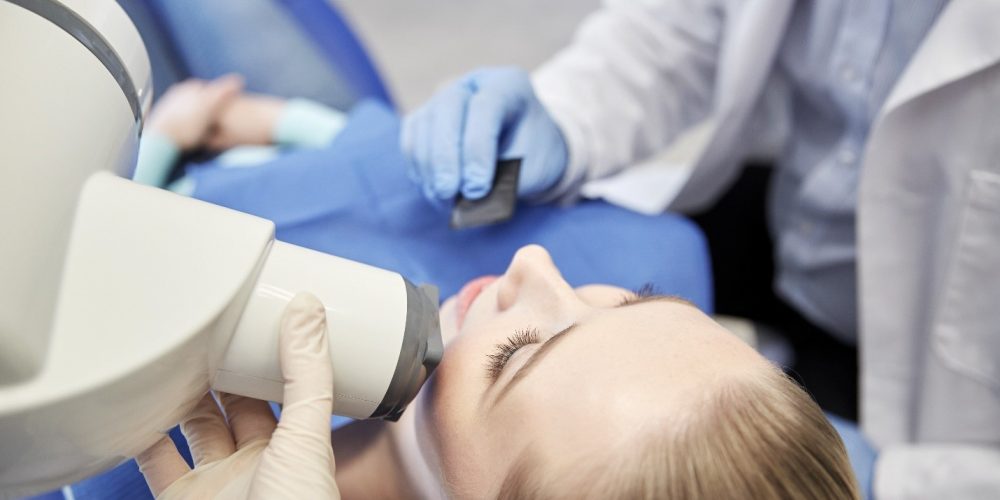Our latest Quick Poll results Participants shows Network dentists are driven by their dedication to improving patient care and keeping up with the latest clinical advancements. However, they face challenges such as time constraints and difficulties with patient recruitment.
Molar Incisor Hypomineralization Quick Poll Results

Management challenges of young permanent first molar affected by Molar Hypomineralization
Authors: Azza Tagelsir Ahmed, David Avenetti, and Veerasathpurush Allareddy.
Introduction
Managing permanent first molars with demarcated opacities suggestive of molar incisor hypomineralization (MIH) has been a challenge to clinicians on many aspects such as higher susceptibility to dental caries,1 physical disintegration,2 pain and behavioral management.3 Best clinical practice guidance is only available from the European Academic of Paediatric Dentistry.4 Therefore, in the absence of clinical guidelines, practitioners in the USA face complex challenges on deciding how to manage affected molars.
Systematic reviews of studies with high risk of bias have shown that less invasive management of these molars with fissure sealants and/or glass ionomer restorations had higher failure rates than invasive restorative procedures such as preformed metal crowns and composite restorations.5-7 However, no research has yet focused on preventive interventions of young, not fully erupted, molars with MIH. This Quick poll aimed to investigate dental practitioners’ approach in managing challenging cases of erupting molars with demarcated opacities characteristics of molar incisor hypomineralization.
Methods
Study Design and Participants:
This is a cross-sectional survey with dental practitioners, members of the National Dental Practice-Based Research Network in the United States.
Data collection:
Members of the network were invited to participate in an online survey through email and social media channels. Two email invitations were sent to all members: one in the network’s monthly newsletter sent on October 5, 2023, and one as a follow-up email sent on October 13th, 2023. The Quick Poll was open from October 5 until October 26, 2023.
Measures and Data Analysis:
The survey comprised of three questions with two of the questions including clinical illustrations.
- The first question displayed three different clinical illustrations of young not fully erupted permanent first molars with various degree of severity and enamel breakdown in one case. We first inquired whether dental practitioners would inform parents about the underlying enamel defects and the increased risk of breakdown and cavitation.
- The The second question inquired about the frequency of use of silver diamine fluoride (SDF) on molars affected by hypomineralization.
- The third question asked their management recommendation for a clinical case of a caries-free patient with molar hypomineralization, where the partially erupting lower right permanent molar had obvious demarcated defect with minimal degree of breakdown of enamel on the occlusal surface.
The data were collected through a web survey in Constant Contact, a digital and email marketing platform. Descriptive statistics were used to present the results.
Results
In response to the first inquiry, the majority of the respondents stated that they will inform parents about the underlying enamel defects and the higher risk of cavitation and breakdown with 75% and 20% of practitioners responding “always” and “most of the time,” respectively.
Half of the practitioners would consider using silver diamine fluoride only with the presence of caries or/and hypersensitivity, while about one fifth of them stated that they would never consider using SDF on hypomineralized molars.
Of the respondents, 39% recommended routine preventive visits with topical fluoride application and prophylaxis for the caries-free patient case with demarcated defect and minimal breakdown of enamel. Slightly more than one third of the respondents (32%) chose sealants as the most likely management strategy and 24% opted for minimal invasive restoration with or without SDF. A few dentists opted for restoration or crown (1%) or referral to a pediatric dentist or academic center (2%).
Conclusion
While most practitioners were consistent about informing parents about the underlying enamel defect, their approach in managing affected teeth varied considerably. Half of the respondents reported applying SDF to hypomineralized molars only with caries and/or hypersensitivity, which is consistent with the limited available consensus regarding favorable outcome of SDF on hypomineralized molars 8.
Discrepancy was also evident in managing defected young molar displaying disintegration of enamel with less than one-fourth of respondents agreed on minimal invasive restorative approach, and the majority (70%) opting for routine preventive visits and sealants.
Table 1. Quick poll results on management of molars with hypomineralization.

Highlights
- There is an overall agreement among respondents on informing parents about the underlying enamel defect and associated clinical consequences.
- Half of respondents would consider silver diamine fluoride application on molars affected by hypomineralization in the presence of signs and symptoms such as hypersensitivity or caries.
- In the absence of dental caries, most practitioners would most likely recommend managing partially erupted molars with demarcated opacities and enamel breakdown suggestive of molar hypomineralization with routine preventive visits with topical fluoride application and prophylaxis, and with fissure sealants.
References
- Grossi JA, Cabral RN, Leal SC. Caries Experience in Children with and without Molar-Incisor Hypomineralisation: A Case-Control Study. Caries Res. 2017;51(4):419-424. http://dx.doi.org/10.1159/000477099
- Weerheijm KL. Molar incisor hypomineralisation (MIH). European journal of paediatric dentistry : official journal of European Academy of Paediatric Dentistry. Sep 2003;4(3):114-20.
- Jälevik B, Klingberg GA. Dental treatment, dental fear and behaviour management problems in children with severe enamel hypomineralization of their permanent first molars. Int J Paediatr Dent. Jan 2002;12(1):24-32.
- Lygidakis NA, Garot E, Somani C, Taylor GD, Rouas P, Wong FSL. Best clinical practice guidance for clinicians dealing with children presenting with molar-incisor-hypomineralisation (MIH): an updated European Academy of Paediatric Dentistry policy document. Eur Arch Paediatr Dent. Feb 2022;23(1):3-21. http://dx.doi.org/10.1007/s40368-021-00668-5
- Elhennawy K, Schwendicke F. Managing molar-incisor hypomineralization: A systematic review. J Dent. Dec 2016;55:16-24. http://dx.doi.org/10.1016/j.jdent.2016.09.012
- Somani C, Taylor GD, Garot E, Rouas P, Lygidakis NA, Wong FSL. An update of treatment modalities in children and adolescents with teeth affected by molar incisor hypomineralisation (MIH): a systematic review. Eur Arch Paediatr Dent. Feb 2022;23(1):39-64. http://dx.doi.org/10.1007/s40368-021-00635-0
- Weber KR, Wierichs RJ, Meyer-Lueckel H, Flury S. Restoration of teeth affected by molar-incisor hypomineralisation: a systematic review. Swiss Dent J. Dec 6 2021;131(12):988-997.
- Ballikaya E, Ünverdi GE, Cehreli ZC. Management of initial carious lesions of hypomineralized molars (MIH) with silver diamine fluoride or silver-modified atraumatic restorative treatment (SMART): 1-year results of a prospective, randomized clinical trial. Clin Oral Investig. Feb 2022;26(2):2197-2205. http://dx.doi.org/10.1007/s00784-021-04236-5
Interested in Becoming a Member?



